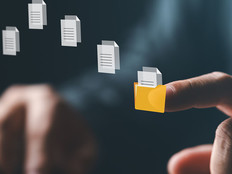Geolocation, iPhones Kept Census on Track
The census count, which happens every 10 years, is the government’s largest regularly scheduled project. It takes years of preparation to identify every one of the nation’s residential addresses, to hire hundreds of thousands of temporary workers and to stand up the systems that support the count of the 330 million people who live in the United States.
For the 2020 count, the bureau turned to new methods for many of these processes. Instead of sending out workers on foot to verify that addresses still existed, it used aerial maps, geolocation and U.S. Postal Service information.
Enumerators — the temporary workers who follow up with households that don’t respond online or by mail — used iPhone 8s that contained not only the addresses that needed a visit but the most efficient route to follow to get to all those houses and the best times of day to find someone at home.
They were able to upload follow-up information immediately to the Census Bureau, eliminating the need for a trip back to the office and more paperwork, and they were also able to submit payroll information.
The new technology sped up productivity rates to 1.92 cases resolved per hour, compared with 1.01 cases per hour in the “all-paper environment” of 2010, said Albert Fontenot Jr., associate director for decennial census programs, at a Census Bureau briefing earlier this month.
The count was completed in just 2 1/2 months, less than the four to five months the bureau had sketched out prior to the COVID-19 pandemic, with the assistance of the new technology.
“Technology has advanced significantly over the last 10 years,” he said. “We scheduled the count just like we had in 2010 and 2000, but we did not take into consideration that computers are faster, technology is faster and a lot of the processes can happen faster.”






.png)



